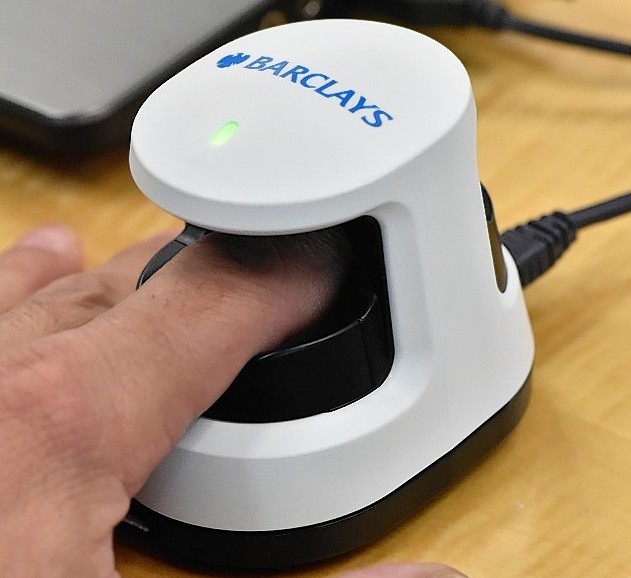The banking industry is upping its game in its fight against fraud.
A new device from Barclays studies your vein patterns before letting you into your online acccount.
The technology, which a spokeswoman for Barclays likened to “something out of a Bond movie” is initially being made available to business banking customers.
But Barclays said there was future potential for it to be introduced more widely in UK branch networks, bringing the biometric reader technology to millions of consumers.
The finger vein authentication devices – due to be introduced in the UK next year – were developed in partnership with the European arm of Japanese electronics giant Hitachi.
Barclays said: “By simply scanning their finger, customers will be able to easily access their online bank accounts and authorise payments within seconds, without the need for PIN, passwords or authentication codes.
“The compact device can read and verify the users’ unique vein patterns in the finger, helping to combat identity fraud experienced by UK businesses.
“Unlike finger prints, vein patterns are extremely difficult to spoof or replicate.
“The scanned finger must be attached to a live human body in order for the veins in the finger to be authenticated.
“Barclays will not hold the user’s vein pattern and there will be no public record of it.”
Ashok Vaswani, chief executive Barclays personal and corporate banking, added: “This solution is at the leading edge of innovation and is in direct response to client concerns about the threat of online fraud.
“It will be game-changing for UK businesses and consumers.”
